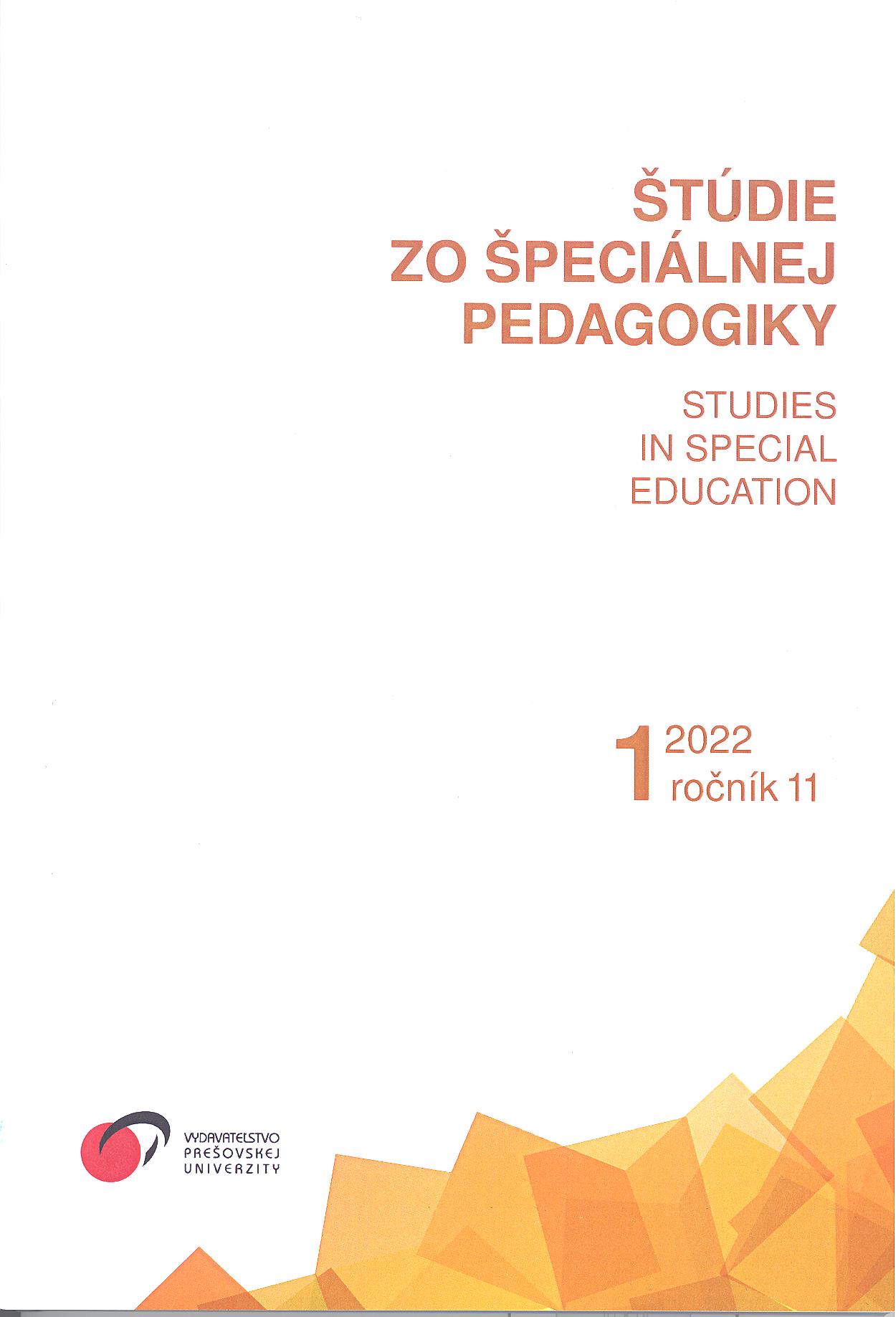Neverbálna porucha učenia – diagnóza alebo mýtus?
Nonverbal Learning Disability – Diagnosis or a Myth?
Author(s): Martina ZubákováSubject(s): Education, School education, Neuropsychology, Inclusive Education / Inclusion
Published by: Vydavateľstvo Prešovskej univerzity v Prešove
Keywords: nonverbal learning disability; visuospatial deficits specific learning disorders; autism spectrum disorder; ADHD;
Summary/Abstract: Although nonverbal learning disability does not have a clinical representation in the International Classification of Diseases and American Psychiatric Association’s Diagnostic andStatistical Manual of Mental Disorders, researchers have been working on the disorder since the 1960s. Only fragmentary mentions of the disorder have been found in the professional literature in Slovak language. There is a non-uniform terminological definition in foreign literature, the disorder is also referred to a developmental visuospatial or right-hemisphere learning disability, or experts lean towards related diagnostic units for which is this disorder often mistaken (autism spectrum disorder,dyscalculia, dyspraxia, or ADHD). Individuals with this disorder have difficulties in visuospatialperception, executive functions, social functioning, and from the academic abilities the most serious impairment is in mathematical abilities, which over time are associated with psychological problems such as anxiety and depression. Children and adolescents with this disorder need the support of several experts: a psychologist, a special education teacher, an occupational therapist, a speech and language therapist, or psychiatrist. In this paper, we analyse current views on this clinical unit in the neurobiological and neuropsychological terms and discuss its diagnostic validity.
Journal: Štúdie zo špeciálnej pedagogiky
- Issue Year: 11/2022
- Issue No: 1
- Page Range: 62-72
- Page Count: 11
- Language: Slovak

